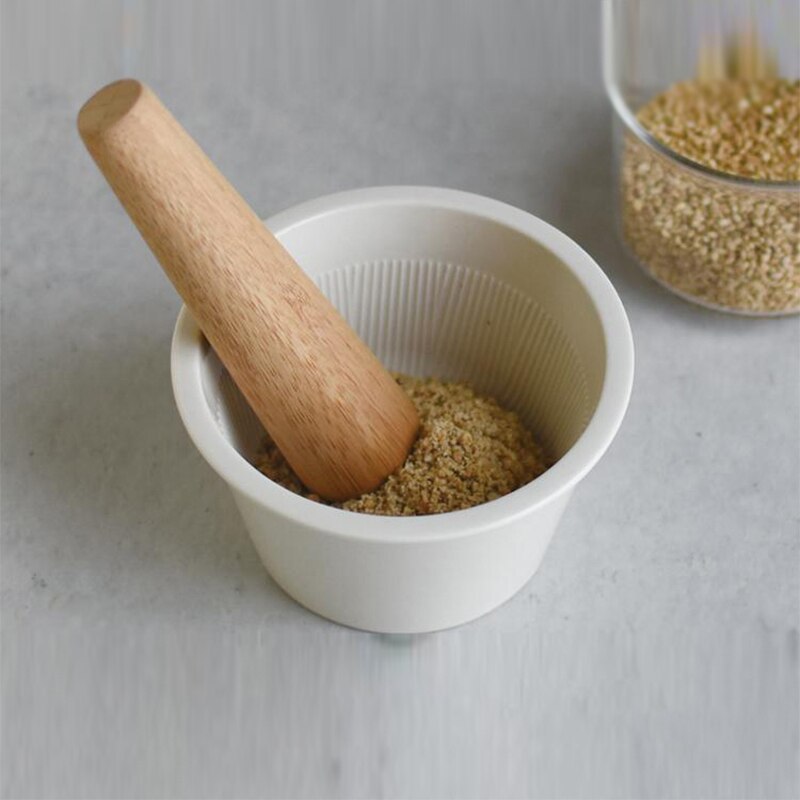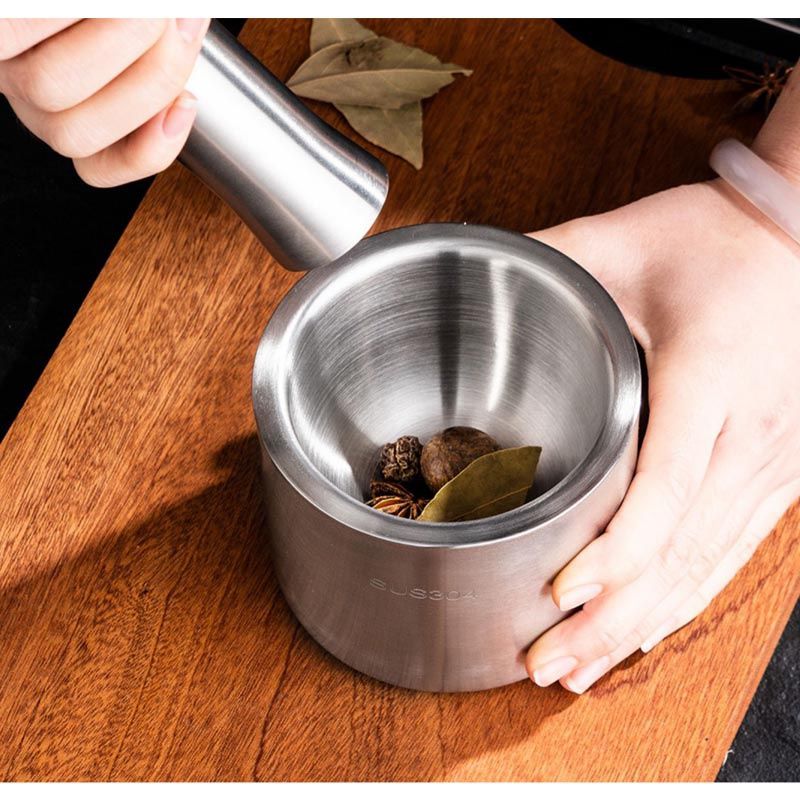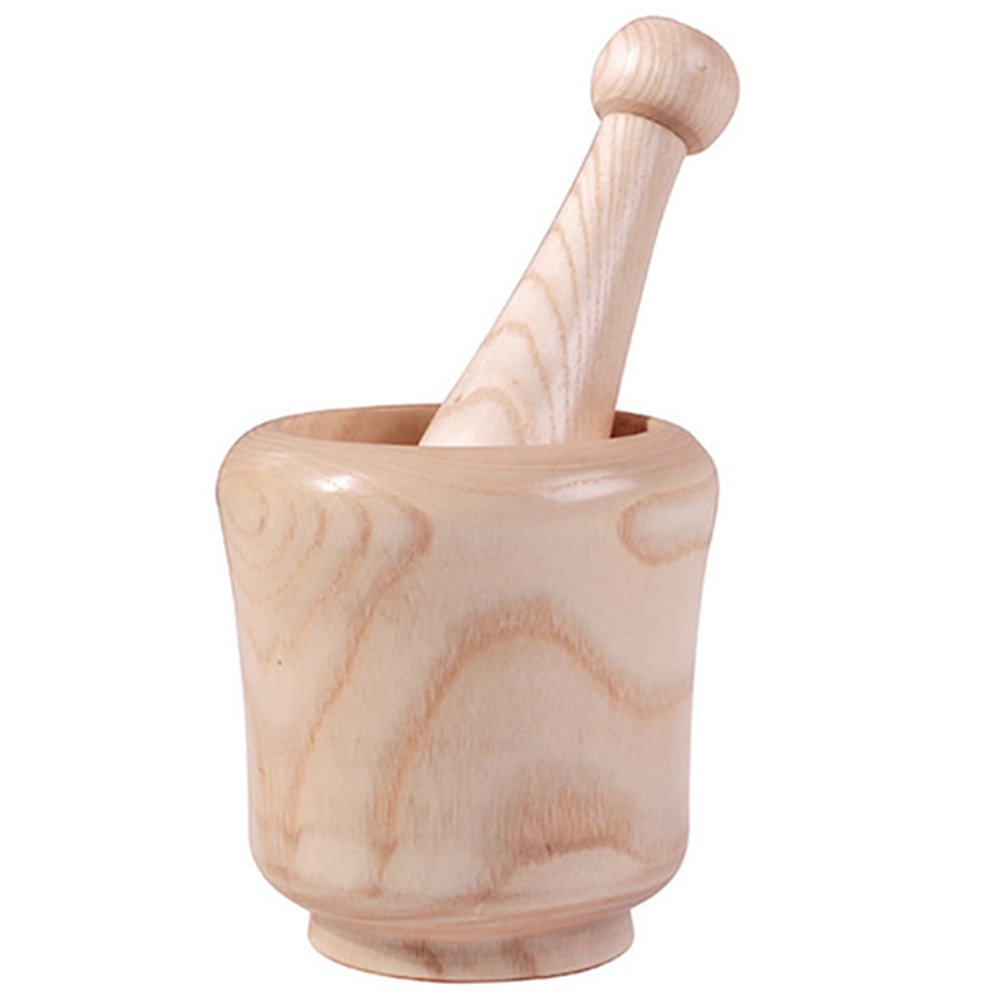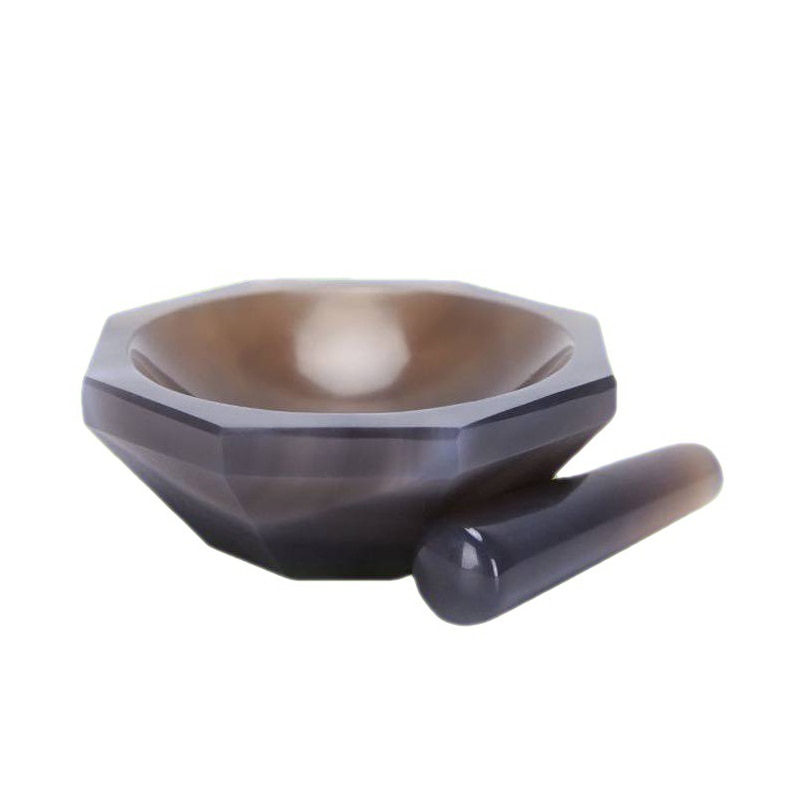
This comprehensive guide aims to assist in choosing the perfect Japanese mortar and pestle, offering insights into their cultural heritage. Selecting a Japanese mortar and pestle involves several crucial considerations:
1. Material
Opt for sturdy materials like earthenware, granite, or ceramic, known for durability and efficient grinding.
2. Size and Capacity
Consider the size based on your cooking needs—smaller ones for spices, larger for grinding herbs or pastes.
3. Texture and Surface
Look for a textured interior in the mortar to facilitate efficient grinding without ingredients slipping.
4. Pestle Design
Ensure the pestle’s shape and weight complement the mortar, aiding in effortless grinding motions.
5. Functionality
Choose based on its intended use—ceramic for delicate grinding, granite for robust grinding.
6. Ease of Cleaning
Opt for materials that are easy to clean to maintain hygiene after use.
7. Traditional vs. Modern
Consider traditional designs for authenticity or modern variations for versatility and aesthetics.
8. Brand and Quality
Prioritize reputable brands known for quality craftsmanship to ensure a long-lasting product.
9. Versatility
Select one suitable for various culinary tasks, from grinding spices to making pastes or sauces.
10. Stability
Ensure the mortar has a stable base to prevent slipping or wobbling during use.
11. Cultural Significance
Consider designs that reflect Japanese craftsmanship and cultural heritage.
12. Adaptability
Explore multipurpose mortar and pestle sets suitable for diverse cooking needs.
13. User Reviews
Research user experiences and reviews to understand durability and performance.
14. Price Range
Set a budget and explore options that align with your affordability without compromising quality.
15. Personal Preference
Ultimately, choose based on personal preferences in design, usability, and style.
Historical Insights into Japanese Mortar and Pestle
The Japanese mortar and pestle, known as “suribachi” and “surikogi,” have historical roots tracing back centuries. These tools originated as essential kitchen implements used in traditional Japanese cuisine. Crafted from ceramic, stone, or wood, they played a pivotal role in the preparation of various dishes.
Suribachi, the mortar, features a ridged interior designed to enhance grinding efficiency. Surikogi, the pestle, often made from wood, complements the mortar’s shape and aids in grinding ingredients to desired consistencies.
Historically, these tools were integral in creating essential Japanese culinary elements like pastes, dressings, and spices. Their designs evolved over time, incorporating practical innovations while maintaining respect for traditional craftsmanship.
The significance of the suribachi and surikogi lies not only in their functionality but also in their cultural symbolism, representing meticulousness and precision in Japanese culinary traditions.
Explore Japanese Culinary Heritage
Discover an array of authentic Japanese mortar and pestle sets at The Japanese Mortar and Pestle, embodying craftsmanship and functionality, to elevate your culinary experiences.



